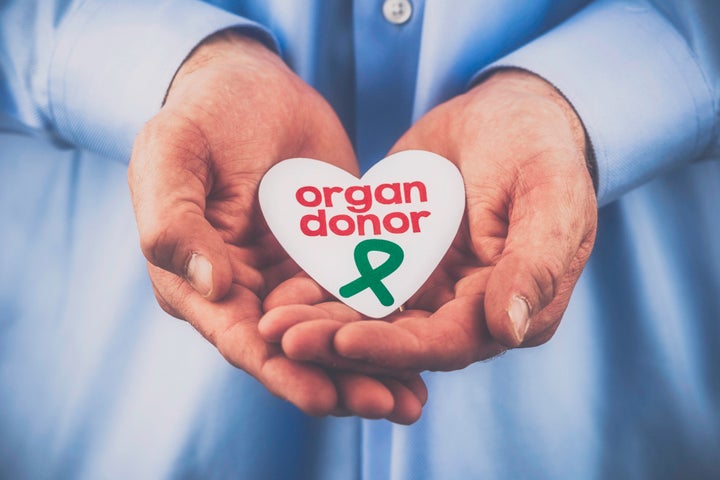
Organ and tissue donation are not popular topics of conversation. It’s hard to discuss or even consider end-of-life care with loved ones, but it’s an important issue that has the potential to save many lives: In 2015 alone, 30,973 organ transplants were reported in the U.S. With an 80-90 percent success rate, that means organ donation saves a lot of lives every year.
Organ donation typically follows two paths: In the first, the donor is pronounced clinically dead or brain dead. This is the case for people donating a pancreas, heart, kidneys, liver, lungs and/or small intestines. But healthy, living donors can still donate a kidney or part of a liver, lung, pancreas or intestine.
Tissues, on the other hand -- such as skin, heart valves, bone, tendons and corneas -- can be donated within 24 hours after cardiac death and stored for future use. And living donors can additionally donate marrow, bone, blood, and skin voluntarily.
People of all ages can donate, and people of all ages are in need of organs and tissues every day. Even though there was a five percent increase last year of organ transplants in the U.S., there was still a 91,096 person discrepancy between transplants performed and patients still waiting for a donation at the end of the year.
In honor of National Donate Life Month this April, here are some startling statistics about organ and tissue donation that might prompt you to facilitate as conversation with loved ones today.
8
The potential number of lives one organ donor can save -- excluding the dozens of lives that can be helped by tissue and eye donations -- according to the Organ Procurement and Transplantation Network.
121,076
The number of people currently waiting for a lifesaving organ in the United States, according to the United Network for Organ Sharing.
100,269
According to UNOS' up-to-date data, this is how many of those candidates on the waitlist are in need of a kidney transplant. Kidney transplant hopefuls account for 80.9 percent of the waiting list.
40,000
Corneal transplants -- the most common type of tissue transplant -- performed each year in the U.S., according to the American Transplant Foundation.
58
The percentage of minorities on the list of patients awaiting an organ transplant as of May 2015, according to the U.S. Department of Health and Human Services.
22
The number of people who die every single day, waiting for a transplant.
6
The number of people added to the transplant wait list every hour.
If you're interested in becoming a donor, you can register in your state with your driver's license or you can register here, and you have the option of specifying what you'd like to donate, if not all organs and tissues.
Read more of our coverage of organ and tissue donations:
7 Truths About Organ Donation by David Klassen, M.D.
Donated Umbilical Cord Blood Saved My Wife's Life by Vlad Stesin
I Miss My Wife, But I Am Comforted Knowing Her Organs Saved 4 Lives by Mark Liebenow
The Search For A 'Perfect' Organ Cost My Wife Her Life by Brian L. Clark
To The Child Who Gets My Little Brother's Heart by Jason Longhurst
